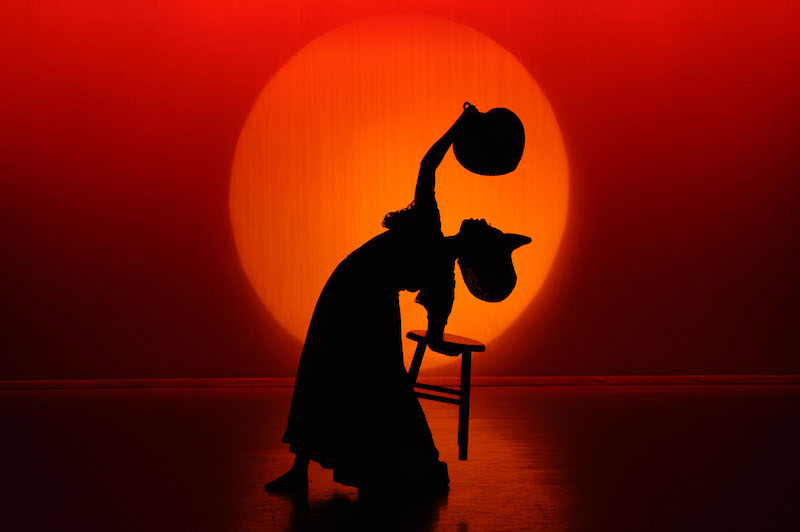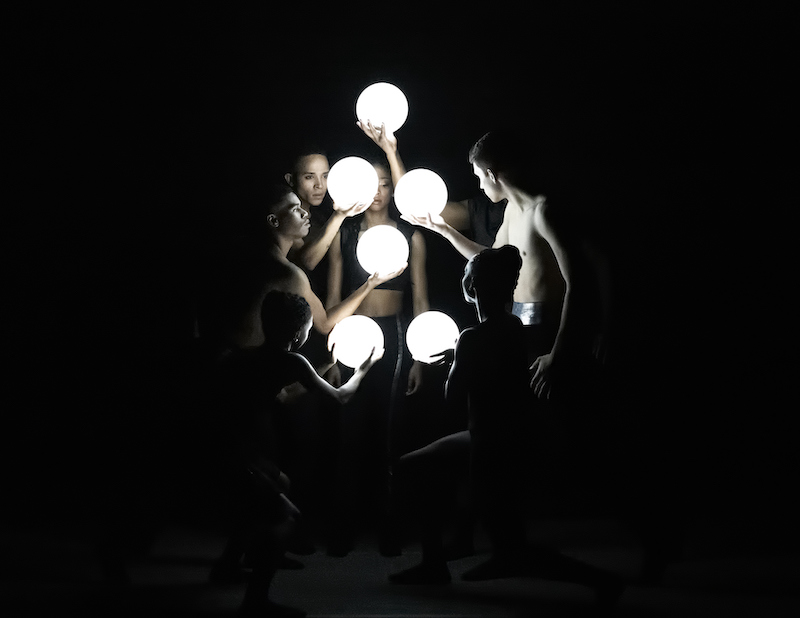Dance lovers with no access to a major city could feel genuinely hard done by were it not for Dance Consortium. This sainted organisation works to bring a company from overseas each autumn to a dozen or so large-scale theatres across the UK and Ireland – theatres whose dance offering might otherwise rarely extend beyond the latest Strictly spin-off.
This year it’s the turn of Ailey 2, the younger sibling of Alvin Ailey American Dance Theater that barely three weeks ago was garnering glowing reviews at Sadler’s Wells. And while it’s neither uncommon nor new for a major dance company to field a feeder troupe (Ailey 2 is about to mark its half-century), it’s rare for the two companies to share signature content.
Rolling out their founder-choreographer’s best-known work in every programme, night after night, sends the strongest possible signal of identity and intent. Revelations, created three years before Martin Luther King Jnr had his dream, has become nothing less than an anthem for the African-American experience and a piece of globe-roaming living history. Set to gospel songs and spirituals and inspired by Ailey’s memories of growing up poor in segregated rural Texas (he was only 29 when he made the piece), it touches on pain as well as joy, but it’s the joy that audiences take home. No matter that the dancers of Ailey 2 are less experienced and less numerous than the main cohort, they make a massive impact – thrillingly rhythmical in the big numbers, beautifully restrained in the quiet. I’ve seen Revelations (pictured above) more times than I can count and no performance of the prayerful solo "Fix Me, Jesus" has bettered that of Kali Marie Oliver, whose febrile intensity paired with balletic grace moved even a stony agnostic like me. It’s impossible to tire of seeing Revelations: its choreographic invention, its stagecraft, its undentable conviction, only seem more marvellous with age.
No matter that the dancers of Ailey 2 are less experienced and less numerous than the main cohort, they make a massive impact – thrillingly rhythmical in the big numbers, beautifully restrained in the quiet. I’ve seen Revelations (pictured above) more times than I can count and no performance of the prayerful solo "Fix Me, Jesus" has bettered that of Kali Marie Oliver, whose febrile intensity paired with balletic grace moved even a stony agnostic like me. It’s impossible to tire of seeing Revelations: its choreographic invention, its stagecraft, its undentable conviction, only seem more marvellous with age.
The three other pieces on the programme have an equally direct connection with these dancers. The Hunt, a 2001 work by Robert Battle, director of the main company, is a gladiatorial quartet delivered with threatening and occasionally self-mocking machismo. At least I hoped it wasn't 100% serious when two of the guys formed pistols with their fingers and felled their partners. Some casts on the tour will be all-female and it will be interesting to see how this re-colours the athletic ferocity of the work. Dressing the men in long black sarongs, chests bare, their broad bare backs become a feature, articulated in ways you wouldn't imagine. Those same power-moves performed by women will tell a different story. An excerpt from Freedom Series by director Francesca Harper felt somewhat bitty but it had lovely moments, most memorably its setting of a torch song in which a single female dancer embodies the vocal line in what can only be described as a slink of sequins. Light looming out of darkness is a theme, with dancers manhandling lighted globes to dreamy effect (pictured above). But it was a tough call to follow the evening’s opener, William Forsythe’s Enemy in the Figure – also extracted from a longer work, also playing on extremes of light and dark.
An excerpt from Freedom Series by director Francesca Harper felt somewhat bitty but it had lovely moments, most memorably its setting of a torch song in which a single female dancer embodies the vocal line in what can only be described as a slink of sequins. Light looming out of darkness is a theme, with dancers manhandling lighted globes to dreamy effect (pictured above). But it was a tough call to follow the evening’s opener, William Forsythe’s Enemy in the Figure – also extracted from a longer work, also playing on extremes of light and dark.
The spine-rattling sha-boom of Thom Willems’ electronic score drew nervous giggles from the Canterbury audience but there was only awe once the dancers exploded into view, slicing arcs through the air in fringed black pants that flared like feathered wings. The piece was made for Frankfurt Ballett where Ailey 2’s director, Francesca Harper, was a young dancer, and she has clearly relayed that insight to these dancers, none of whom was born when it was made in 1989. It’s still a dark and thrilling ride, dancers bursting out of darkness “like eruptions from the unconscious” as an early critic put it. If its meld of ballet with disjointed, geometric shapes is less shocking now, it's only because Forsythe’s influence on subsequent generations of dancemakers has been profound. But Enemy in the Figure is about far more than pure sensation and technical wow. For all its non-narrative mystery, it poses questions about isolation and connection, never more prescient than now.














Add comment